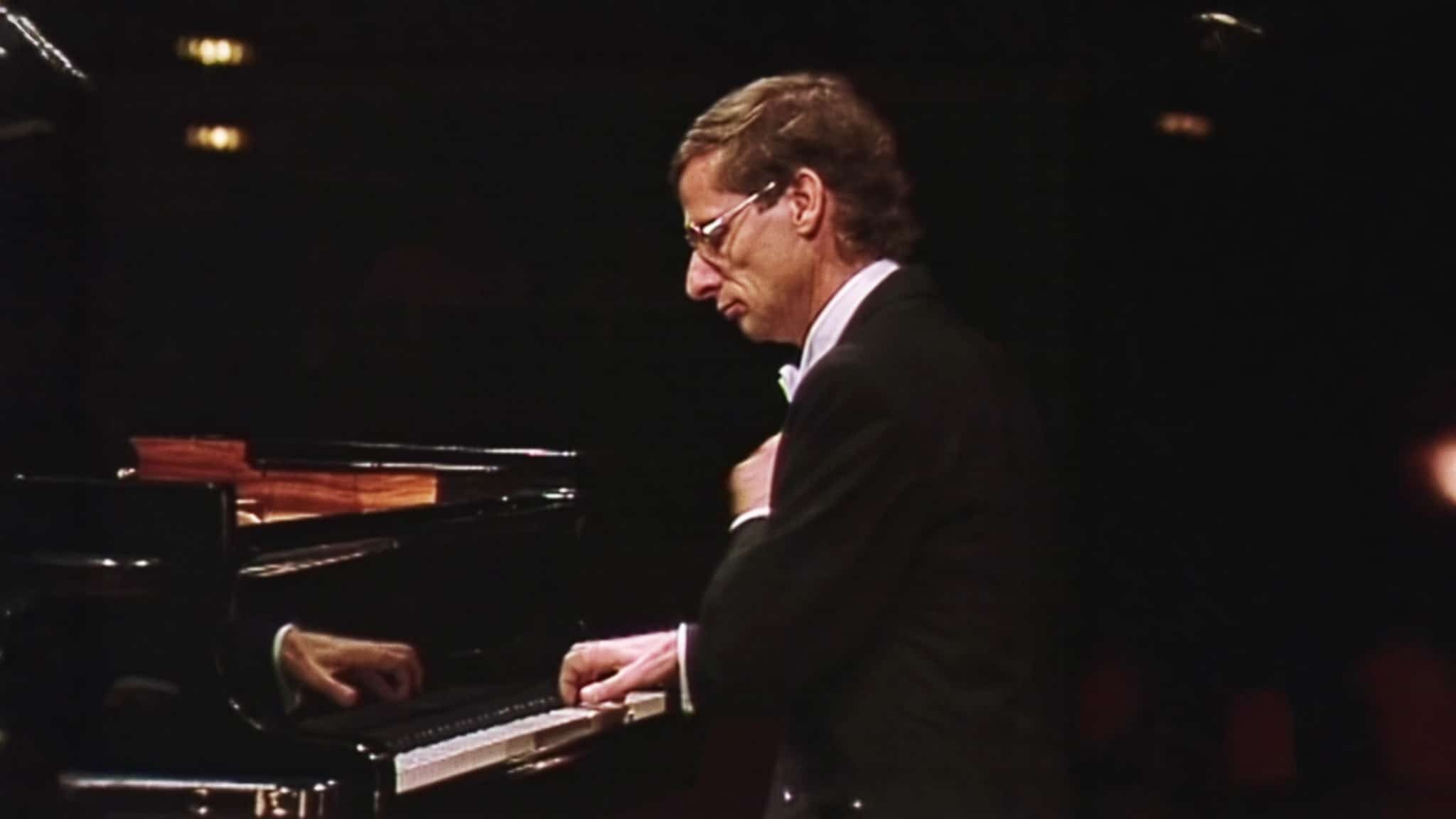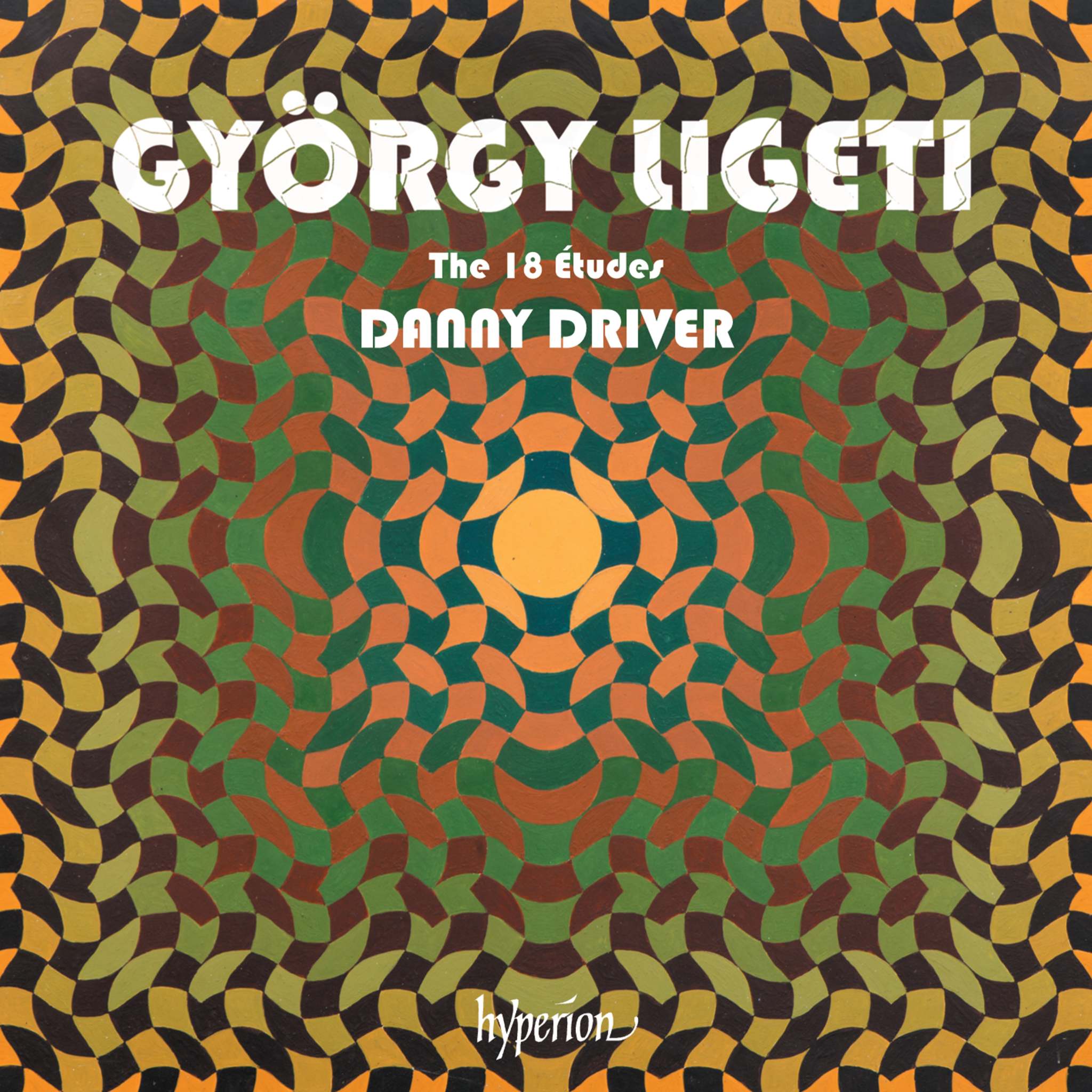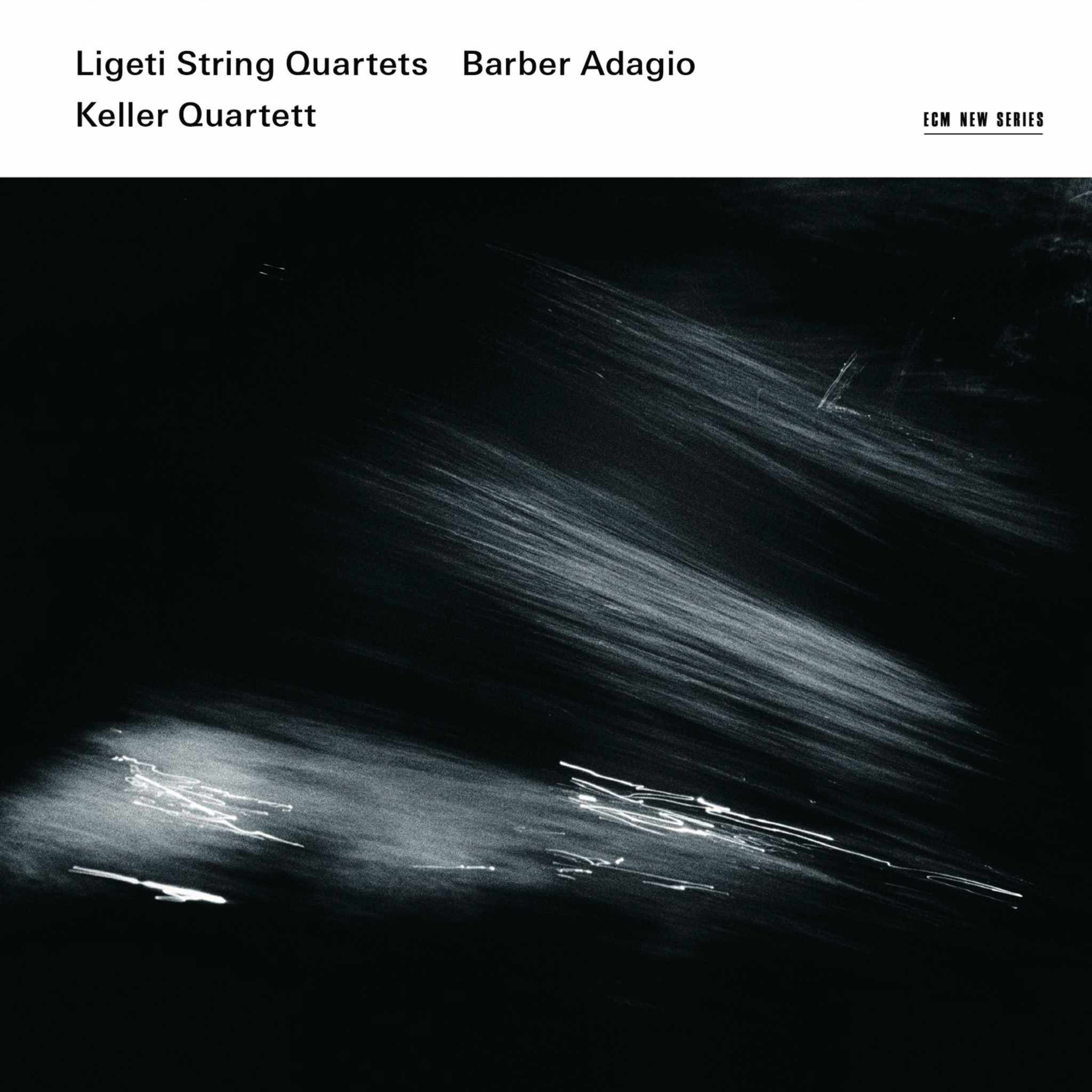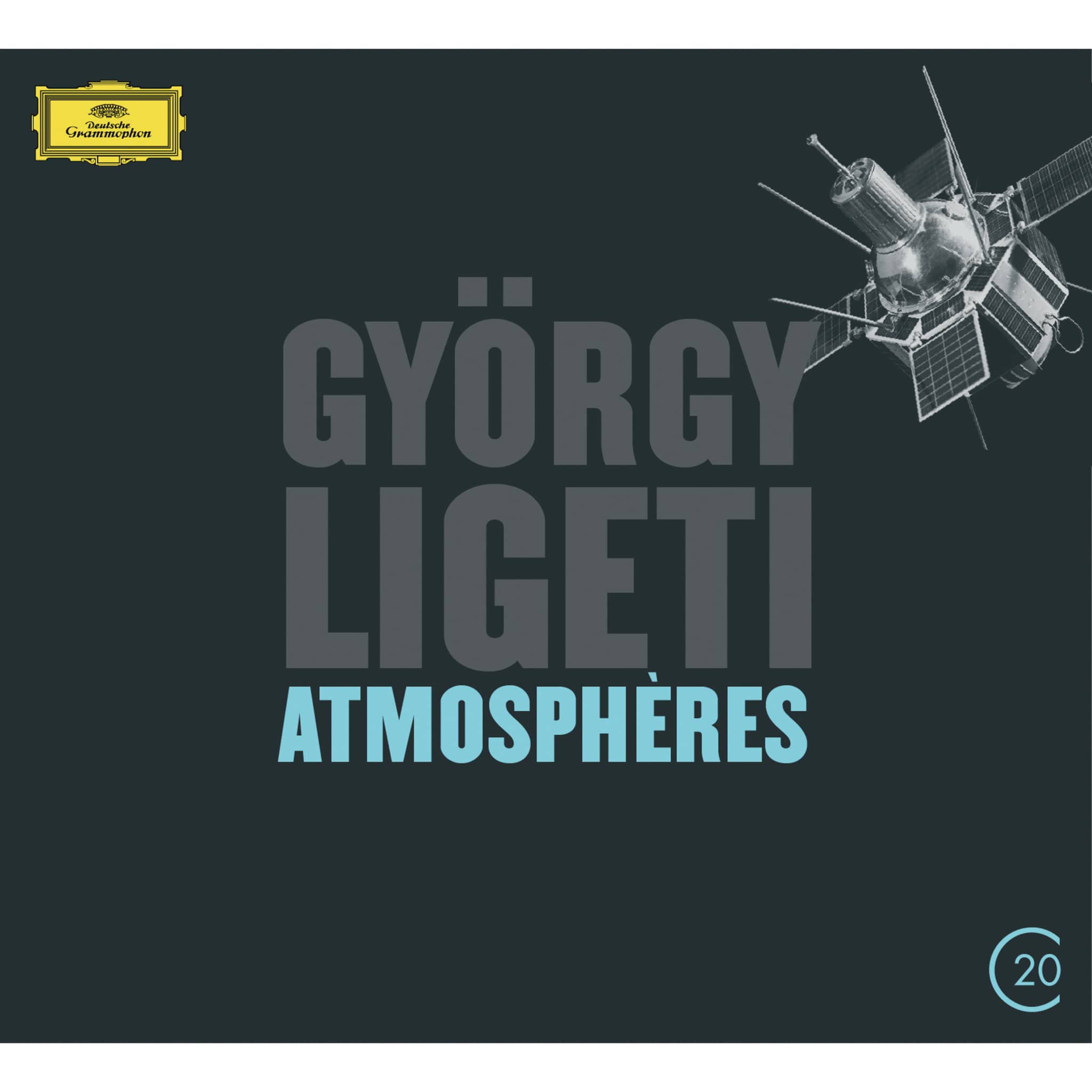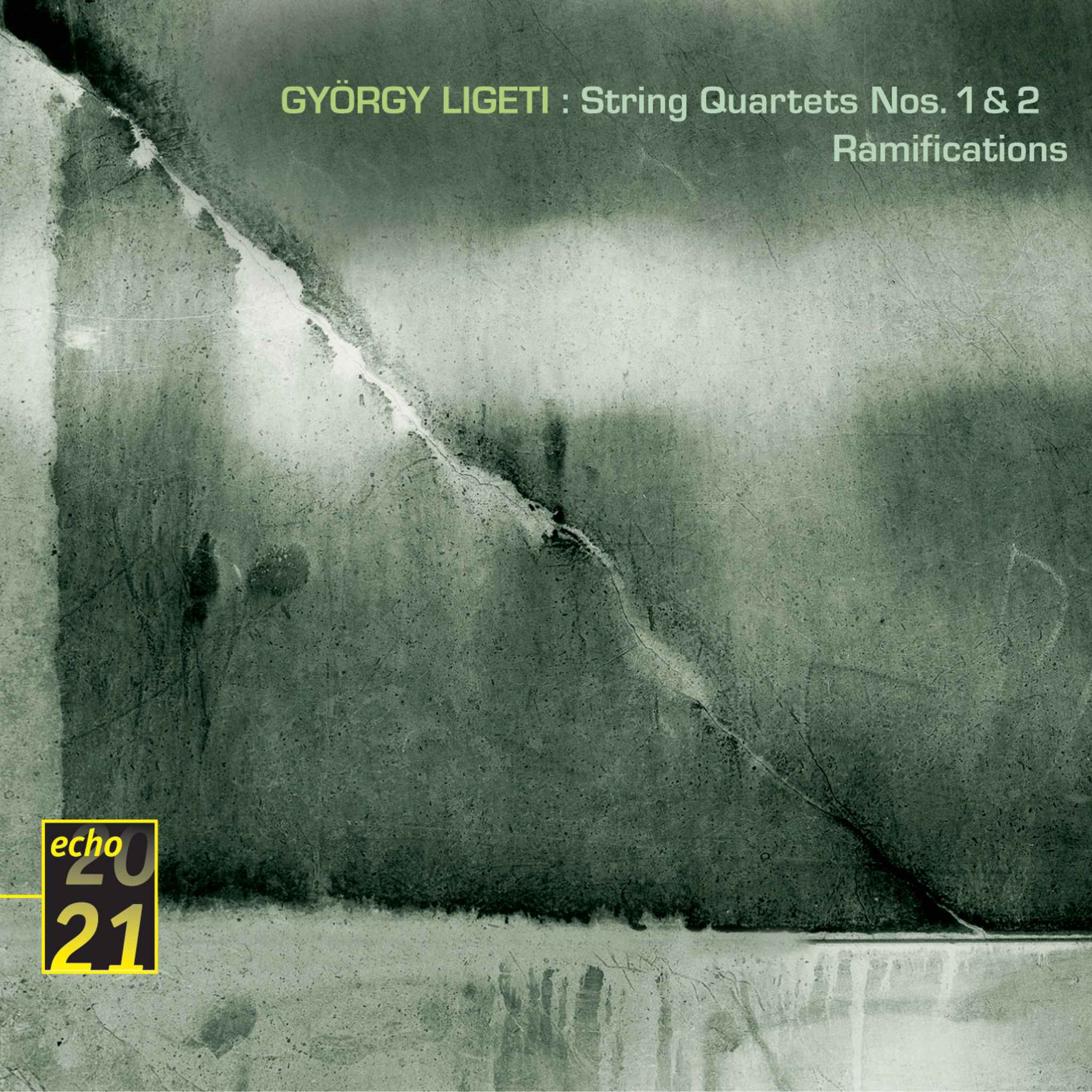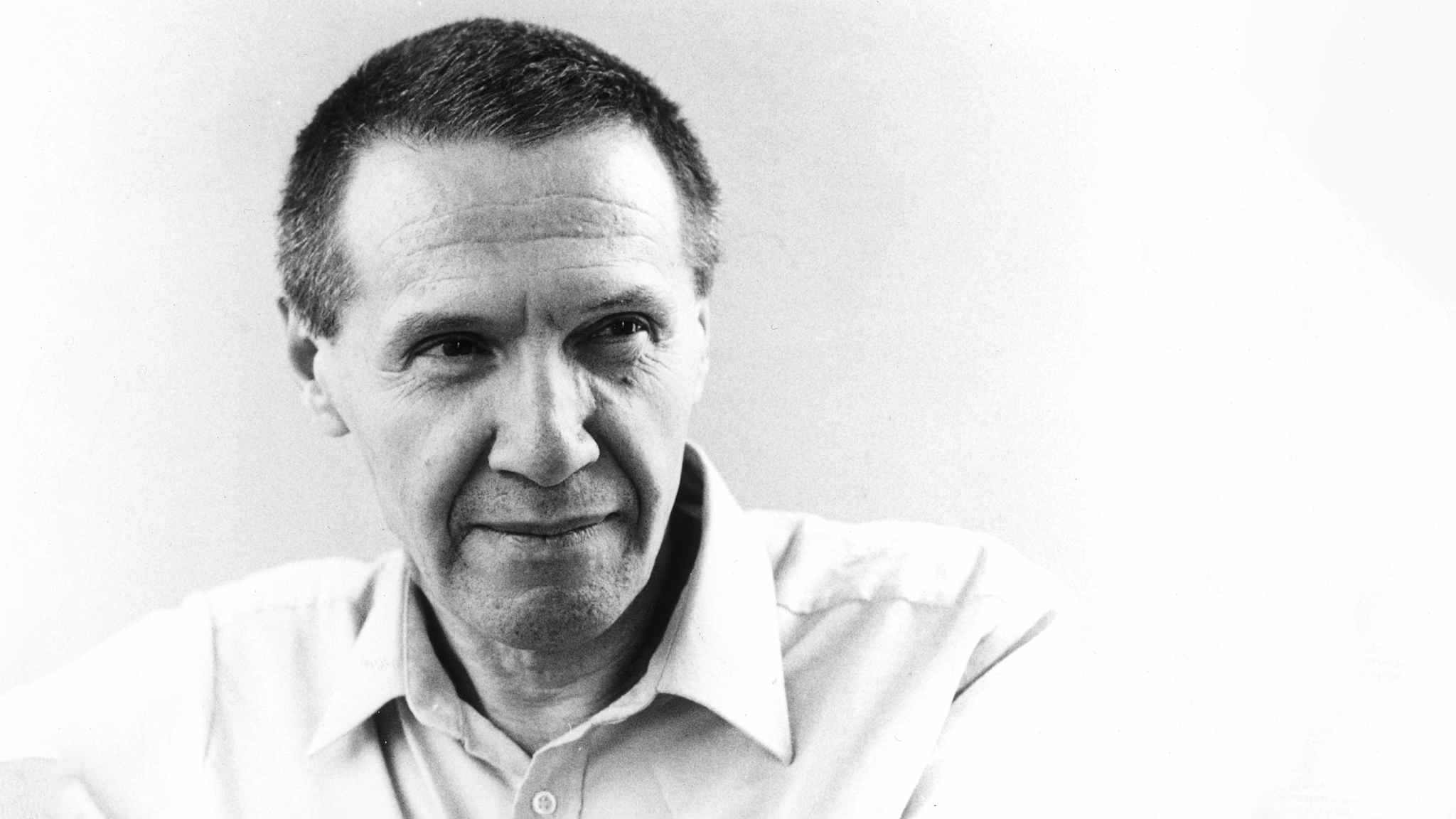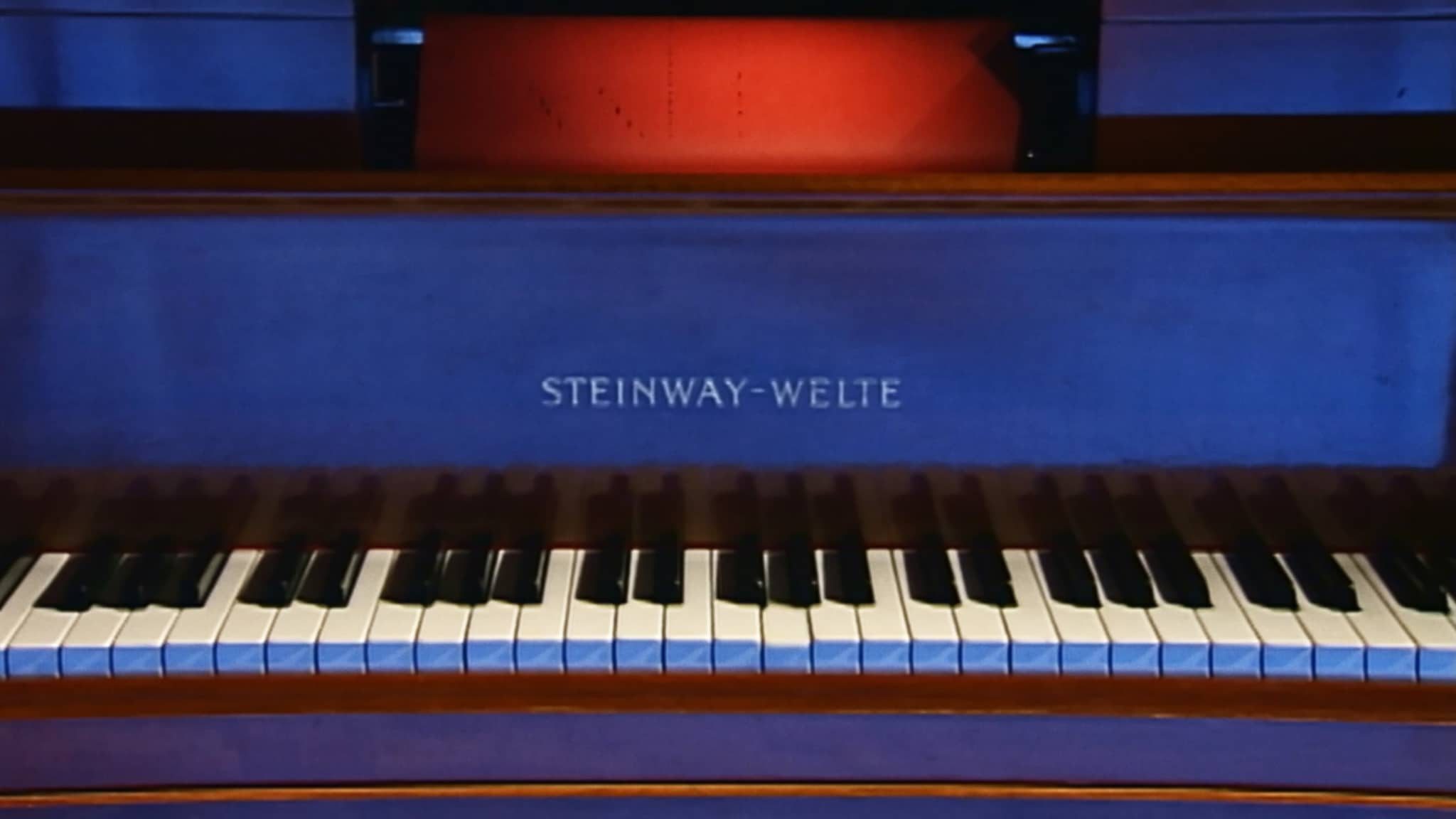György Ligeti: Das Leben und Werk eines Avantgarde-Komponisten
György Ligeti war ein bedeutender ungarisch-österreichischer Avantgarde-Komponist, geboren am 28. Mai 1923 in Diciosânmartin (heute Tîrnăveni), Siebenbürgen, Rumänien. Seine frühe Lebenszeit war geprägt von tragischen Ereignissen während des NS-Regimes, die dazu führten, dass Ligeti selbst zum Arbeitsdienst eingezogen wurde. Seine Mutter war das einzige Familienmitglied, das Auschwitz überlebte[2].
Ligeti studierte von 1945 bis 1949 Komposition bei Ferenc Farkas und Sándor Veress an der Franz-Liszt-Musikakademie in Budapest und lehrte dort von 1950 bis 1956. Während dieser Zeit betrieb er Feldforschung zur rumänischen Volksmusik, die einige seiner frühen Kompositionen und Volksliedbearbeitungen maßgeblich beeinflusste und in Ungarn veröffentlicht wurden[2].
Ligetis Weg nach Österreich und seine musikalische Entwicklung
1956, während der Ungarischen Revolution, floh Ligeti aus politischen und künstlerischen Gründen nach Wien und wurde dort 1968 österreichischer Staatsbürger. In Wien knüpfte er Kontakte zu Avantgarde-Vertretern wie Herbert Eimert, der ihn ins Studio für elektronische Musik nach Köln einlud. Obwohl er mit elektronischer Musik experimentierte, distanzierte sich Ligeti später sowohl von der reinen elektronischen Musik als auch vom Serialismus, der bei vielen seiner Zeitgenossen beliebt war. Stattdessen entwickelte er eine eigenständige Tonsprache, die sich auf Textur, Klangfarbe, Dauer, Dichte und Tontrauben (Klangflächen) konzentrierte, anstatt auf traditionelle Melodie und Harmonie, und setzte dabei insbesondere die Mikropolyphonie als markantes Stilmittel ein – ein Verfahren, das etwa im Werk Atmosphères (1961) beispielhaft zu hören ist[2][3].
Bedeutende Werke und Ligetis innovativer Stil
Zu Ligetis bekanntesten Kompositionen zählen Apparitions und Atmosphères für großes Orchester, die durch ihre charakteristischen dichten, sich verschiebenden Klangflächen hervorstechen, Lontano für Orchester und Ramifications für Streicher, eine Reihe von Konzerten für Violoncello und Instrumentalensemble sowie vokal-instrumentale Werke wie Aventures und Nouvelles aventures, die „phantastische Wechselfälle imaginärer Figuren auf einer imaginären Bühne“ darstellen, und die Oper Le Grand Macabre, die für ihre Mischung aus Absurdem und Fantastischem bekannt ist[3].

